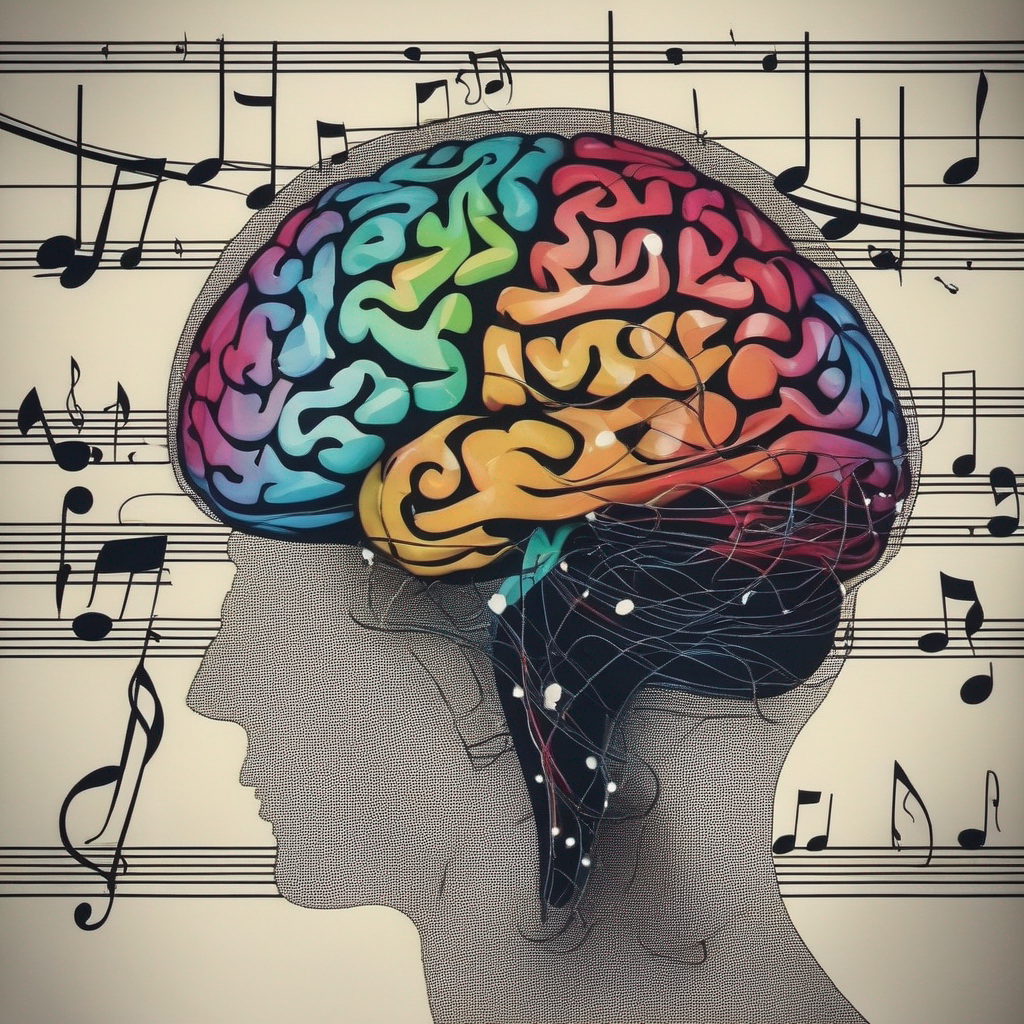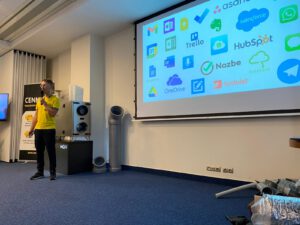Link to Focusly blog article https://focusly.co/2023/09/12/techniki-akustyczne-fale-mozgowe-i-umysl/.
The Focusly app offers users access to music that has been enhanced with acoustic techniques such as binaural beats, isochronic tones, monaural beats and noises. These techniques are designed to induce specific states of mind, such as concentration, relaxation or deep sleep.
How do acoustic techniques work?
Brain waves are generated by the brain and are responsible for different states of mind. For example, alpha waves are associated with relaxation and concentration, while theta waves are associated with deep relaxation and creativity.
Acoustic techniques use sounds of a certain frequency to induce changes in brain wave activity. For example, binaural beats are two acoustic waves of very similar frequencies that are played in each ear(separately).
These waves form a third sound (it is the difference in frequency of the two beats), which is perceived by the brain as a brain wave of a specific frequency.
What are the benefits of using acoustic techniques?
Research has shown that acoustic techniques can have many benefits for mental and physical health. They can help to:
- Improving concentration and attention
- Reducing stress and anxiety
- Improving the quality of sleep
- Increasing creativity
- Reducing pain
Please note that acoustic techniques are not a panacea for all health problems. If you are experiencing mental or physical problems, you should consult your doctor.




